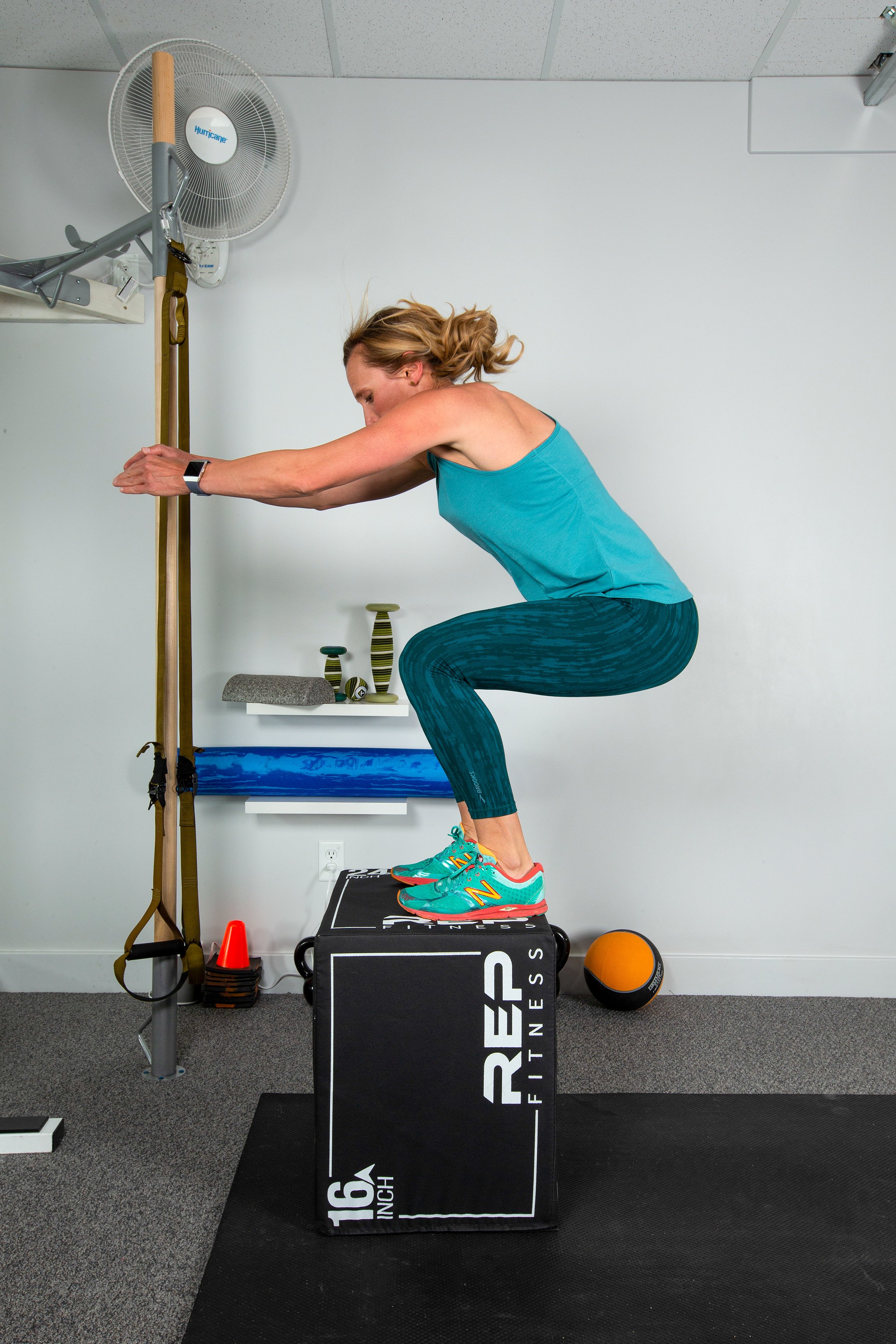Are you doing your ‘Kegel’s’ but still leaking when you jump or run? Kegel’s aren’t enough! But you can read that rant here. Having leakage with jumping and running, whether newly postpartum, decades postpartum, or having never had a baby, has multiple factors contributing to it.
First, surrounding muscle groups require adequate strength and symmetry to help impact the forces exerted on your body during impact exercise. This requires strengthening these muscle groups in different planes of motion (think front lunge vs lateral lunge) as well as in single limb stances to simulate the different planes of motion and leg stances that your impact activity of choice may require.
Second, and perhaps more important is the factor of involuntary pelvic floor reflex. Part of our pelvic floor function is an involuntary reflex system. Think of how (for most) you don’t leak while walking yet you are not actively contracting your pelvic floor every second. That is the pelvic floor functioning involuntarily. How this works during a jump is that even before landing, your pelvic floor is pre contracting to prepare for landing without your conscious effort to do so. Research has shown this component to be the main difference between people with and without stress incontinence. It was shown, those with stress urinary incontinence have a slower activation of their pelvic floor muscles prior to landing from a jump than those without incontinence.
Thus working on voluntary pelvic contractions (Kegel’s) means you are missing a whole component to functional pelvic floor strength. A comprehensive pelvic floor strengthening regiment (in addition to including strengthening of surrounding muscle groups) should include impact or jump exercises to strengthen this involuntary reflex. Here is the jump progression routine we have created here at MEND:
-How to use: Start at exercise number 5. If you can perform this without pain, heaviness, or leakage, then progress to the next exercise and work your way through the list stopping when you reach an exercise that you can no longer tolerate. If you have pain, heaviness, or leakage with number 5, start back at number 1 and progress through the list stopping at the exercise that you can no longer tolerate.
Squats– start body weight and add weight based on ‘reps in reserve’ principle, perform a pelvic floor contraction as you rise up
Single Leg Stance– both sides 3 reps of 30 second hold, try to perform 3, 10 second pelvic floor contractions in each rep
Walking Forward Lunge– start body weight and add weight based on ‘reps in reserve’ principle, perform a pelvic floor contraction as you rise up
Lateral Lunge– start body weight and add weight based on ‘reps in reserve’ principle, perform a pelvic floor contraction as you rise up
Squat Jumps– 3 sets of 10, do not consciously try to control your pelvic floor
Jump to Single Leg Land– 3 sets of 10, do not consciously try to control your pelvic floor
Single Leg Hop in Place– both sides 3 sets of 30 sec, do not consciously try to control your pelvic floor
Jump Lunges– 3 sets of 10, do not consciously try to control your pelvic floor
Lateral Skaters– 3 sets of 30 sec, do not consciously try to control your pelvic floor
Jumping Jacks– 3 sets of 30 sec, do not consciously try to control your pelvic floor
Drop Jumps– 3 sets of 10, do not consciously try to control your pelvic floor
A word on ‘bracing’ your pelvic floor. Notice from exercise 5 and on, we remove any conscious pelvic floor engagement. This is because research has shown the pelvic floor to work most optimally when it is not simply clenched through an entire motion, but rather when it is allowed to move as it is meant to. The pelvic floor will alternate between a state of contracted and relaxed during impact exercise. A rigid pelvic floor will not accept impact as well and can actually lead to more leakage. Stop any conscious clenching and let your pelvic floor work how it is designed to!
Check out a video of these exercises here
No matter what stage of your life you are in, whether you have had a child or not, leakage with jumping is never normal. Schedule an appointment with a pelvic health physical therapist here at MEND in Boulder, CO to evaluate your pelvic floor needs and to get you on a supervised jump progression program!
Moser H, Leitner M, Baeyens JP, Radlinger L. Pelvic floor muscle activity during impact activities in continent and incontinent women: a systematic review. Int Urogynecol J. 2018 Feb;29(2):179-196.

